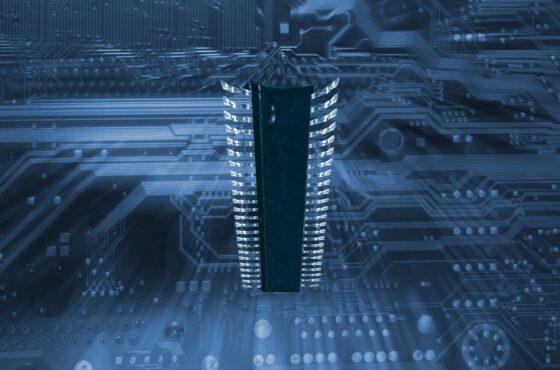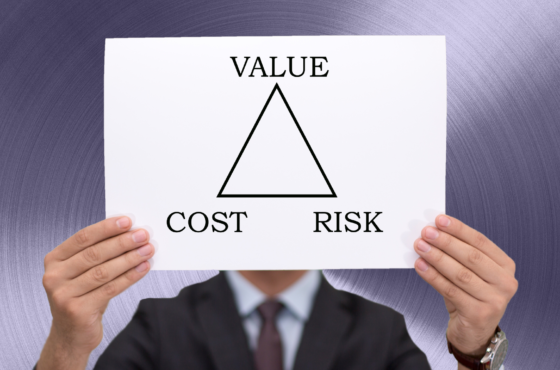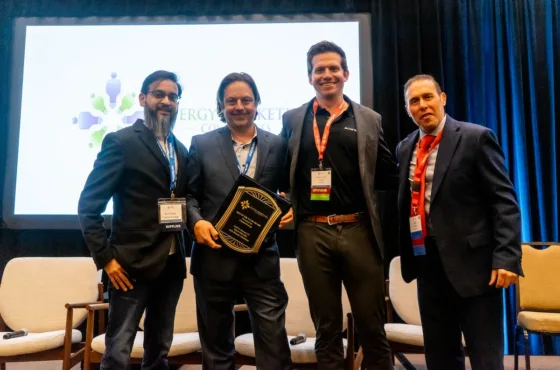How To Speed Up The Energy Transition
By: Jason Beck
Over my 15 years in Retail Energy, I’ve often heard the term “the energy transition” while discussing the growing trend or adoption of renewable generation and other non-commodity services. If you run a business and want to be “investment grade”, a new term to be aware of is your ESG (Environment, Social and Governance) Strategy. Investors are now keying on corporations’ ESG Strategies to identify how they are positioning themselves in our near-term future society. One fact we can all agree to, as a Retail Energy industry, we are well-positioned to play a large role in this transition.
The regulated utilities and generators with fossil fuel resources may not have as strong of a desire to speed up the energy transition, but for Retail Suppliers and Retail Brokers/Channel Partners, this transition will lead to more products, more services, and a deeper connection with end-use customers of electricity and natural gas.
So, if this is a benefit to Retail Energy, the next logical question is “How can we help speed up the energy transition?”
Here are a few thoughts that I’ve been spending my personal time on, and in my humble opinion, will significantly help!
- Kill email/excel based communication between suppliers and channel partners and move to system-to-system communication. The process to sign up for a C&I client has many steps. It is essential to reduce the time that each of those steps take, including the removal of duplicate data entry by both suppliers and brokers. The introduction of tools like Digital Signature for LOAs expedites the process of obtaining HU early in the process, which subsequently expedites the custom pricing quotation cycle. If you haven’t heard the term API (Application Programming Interface) before, get used to it! There are several companies that are engineering ways for this communication to be streamlined. This will cause two outcomes: Happier end-use customers (speedier/easier process) & Channel Partners that have more time to adopt new strategies, offerings, and solutions.
- Simplify non-commodity service offerings. As hard as the C&I electric and natural gas procurement process is, it still looks easy compared to a lighting/retrofit, demand response, or solar+storage process that has many manual steps. Although this may make solutions less custom-tailored to each unique customer, it would significantly enhance the adoption rate if each of these solutions was a less complex process and offered an easy-to-understand value proposition. Selling anything that the customer was not looking for, didn’t think about, or had any inkling that they could qualify for is TOUGH! Give customers an easy “out-of-the-box” offering with minimal information gathering so they can better understand what the benefits for them are. If a customer wants to tailor it from there, they will not be shy in telling you!
- Side-by-side comparisons on a proposal. Channel Partners and end-use customers are used to getting a fixed price offering. Make new products and services, especially those that are bundled, easy for them to understand by comparing it to what they already know. Both quantitatively and qualitatively, strong proposals can be designed to guide the customer to a decision. Showing cost per month over the life of the proposed solution, as compared to their estimated cost on a fixed price contract, would be a strong starting point.
__________________________________________________________________________________ Jason Beck, is VP – Sales, Enerex – Connecting People through Technology to increase Trust within Retail Energy Markets.




